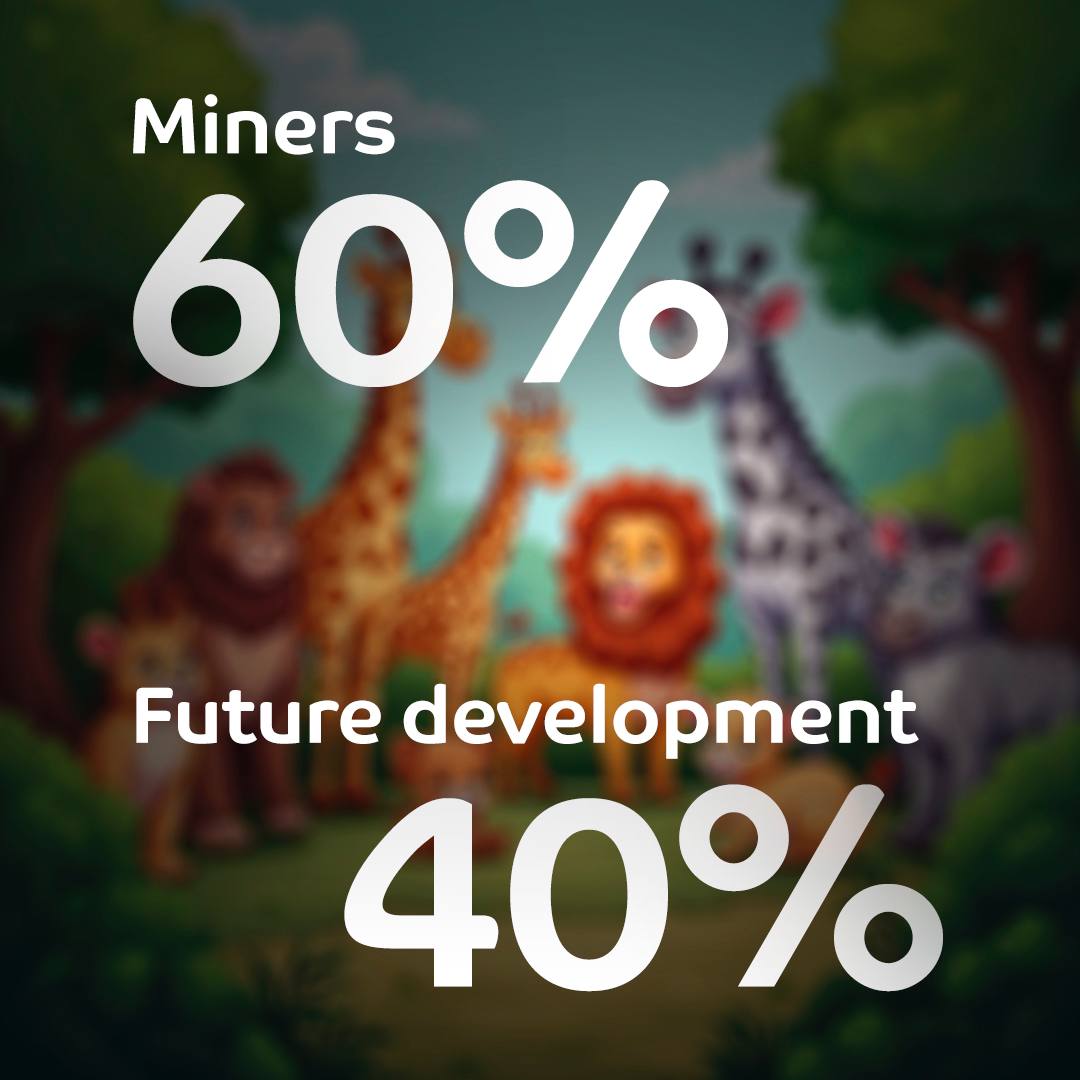GA IRIN TA NAN
Shi Yasah ko yaushe a gidan rediyo ko a irin laccocin da mukeyi nake yawan gayawa Samari da Ƴan mata da zawarawa da duk masu shirin aure da su riƙe gaskiya da Amana , Su jewa wa'yanda sukeson aura a kalar da suke , baƙaƙe ko farare,masu ƙiba ko sirara
Talakawa ko masu arziki , wannan shine gaskiya baran mata masu ɓatar da kama don a sosu ayi sha'awarsu kuma a sosu .
Tun ƙarfe ukun rana yake kirana yanason magana dani ina bashi awa daya sabo da ina hanya bana gida.
A ƙalla ya Kirani kusan sau 10 Ina Ƙara masa lokaci har zuwa magrib lokacin da nake shiga gida .
Daya kirawo ni nake gaya masa yanzu na shigo gida ya bari nayi sallah na cika tumbina na numfasa zan kirawo shi.
Hakan ko akayi yanzu muka gama magana dashi Yace
Malama Yau kwana na 30 wato wata daya da kara aure.
Na auri Yarinya budurwa wadda bamu karasa wata biyu da haɗuwa da ita ba.
Sanda na ganta na yaba da kyawun dirinta ta gaba da baya ko ina ɗinta a cike yake ga natsuwa da cikar kamala don haka da naje gidan su zuwan farko na sanar da ita zuwa uku zanyi na Turo iyayena.
Hakan ko akayi a kwana hamsin da haɗuwar mu bayan iyayenta sunyi bincike kaina akayi bikinta.
Gidanta daban gidan Uwargida na daban.
Yace Malama daga ranar da aka kaita gidana abokanaina suka rakani suka tafi daga ranar farin ciki na ya gushe, Sonta ya disashe a zuciyata, Sha'awarta ta gushe a idonsa, haskenta yakau a gabana.
Bai ƙarasaba na zaro ido na tambaye shi mai tayi maka haka ka tsaneta a daren Amarcinta.
Yace Malama zamba cikin Aminci tayi min zance ko me?
Nace masa bangane ba?
Yace Malama bayan munɗanyi hira dacin Abinci munyi nafila sai nace taje ta saka kayan bacci don mu kwanta, bayan ta shiga ɗakin da kamar minti biyar sai naje na ɗakko akwatin kayana da na bassu a mota na shigo dasu cikin ɗakin.
Bata ankara ba, na ɗaga labule tare da sallama acikin ɗakin.
Mace na gani a tsaye kamar muciya ga ɗuwawun roba ta saka akan gado.
Ba komai a jikin ta sai pant tana shafe jikin ta da turare humra, na ƙarasa cikin ɗakin na ɗauki ɗuwawun robar na riƙe ina juyawa a hannuna tuni annurin fuskata da zuciyata ya gushe.
Hatta Brest ɗinta a yaƙune yake kamar na tsohuwa ɗan ƙanƙani yace Malama tun daga ranar ban sake farin ciki ba wallahi a ranar ban zaci gari zai waye ban sake taba
Yace tun daga ranar bata kuma ganin walwala ta ba.
Yace nace mata mai Yasah kika yi min haka baki fitomin a kalarki ba ko kidena sakawa kafin muyi aure ko ki sanar dani ainihin kalar ki kafin na aure ki.
Yace ta kasa magana sai hakuri take bani.
In taƙaice muku yace daga ranar har kawo yau bai taɓa kusantar taba, baya ganin kyawun ta, bata burgeshi, baya sha'awar kusantarta.
Yace ya kasa gayawa iyayensa da nata ,itama tayi shiru bata gayawa kowa halin da suke ciki ba.
Shine yakeson na bashi shawara.
Bayan na nuna masa rashin kyautawarta sai nayi tayi masa nasihar daukar ƙaddara tare da neman yayi hakuri ya yafe mata.
Nace yabarmin komai zanyi iyayina naga na samar mata magungunan da zata murmure kuma Brest da hips su Samu.
Ya nuna min ya yarda da shawara Amman dai ban sani ba ko da gaske yake.
Kuma na gaya masa zan faɗi labarin a gidajen rediyo da Social media tare dajan hankali ga mata dasu dena irin wannan halin na acuci maza nasan wannan labarin zai iya zamar musu izina
Da fatan mata masu irin haka zasu yi karatun tanutsu su dena
Zoohrah Oummu Deederht Kolo Dauda Zuwaira Kolo Shu'aibu Rabi'u Muh'd Nafisa Abdullahi Haj Aisha Bala Kuki Sadiya Garba Auwalu Muhd Danlarabawa Aunti Iyami Jidda Aminu Sadiya Garba
Umma Ƴan AWAKI
(Aunty Baby)
1/1/2025
GA IRIN TA NAN 😡😭
Shi Yasah ko yaushe a gidan rediyo ko a irin laccocin da mukeyi nake yawan gayawa Samari da Ƴan mata da zawarawa da duk masu shirin aure da su riƙe gaskiya da Amana , Su jewa wa'yanda sukeson aura a kalar da suke , baƙaƙe ko farare,masu ƙiba ko sirara
Talakawa ko masu arziki , wannan shine gaskiya baran mata masu ɓatar da kama don a sosu ayi sha'awarsu kuma a sosu .
Tun ƙarfe ukun rana yake kirana yanason magana dani ina bashi awa daya sabo da ina hanya bana gida.
A ƙalla ya Kirani kusan sau 10 Ina Ƙara masa lokaci har zuwa magrib lokacin da nake shiga gida .
Daya kirawo ni nake gaya masa yanzu na shigo gida ya bari nayi sallah na cika tumbina na numfasa zan kirawo shi.
Hakan ko akayi yanzu muka gama magana dashi Yace
Malama Yau kwana na 30 wato wata daya da kara aure.
Na auri Yarinya budurwa wadda bamu karasa wata biyu da haɗuwa da ita ba.
Sanda na ganta na yaba da kyawun dirinta ta gaba da baya ko ina ɗinta a cike yake ga natsuwa da cikar kamala don haka da naje gidan su zuwan farko na sanar da ita zuwa uku zanyi na Turo iyayena.
Hakan ko akayi a kwana hamsin da haɗuwar mu bayan iyayenta sunyi bincike kaina akayi bikinta.
Gidanta daban gidan Uwargida na daban.
Yace Malama daga ranar da aka kaita gidana abokanaina suka rakani suka tafi daga ranar farin ciki na ya gushe, Sonta ya disashe a zuciyata, Sha'awarta ta gushe a idonsa, haskenta yakau a gabana.
Bai ƙarasaba na zaro ido na tambaye shi mai tayi maka haka ka tsaneta a daren Amarcinta.
Yace Malama zamba cikin Aminci tayi min zance ko me?
Nace masa bangane ba?
Yace Malama bayan munɗanyi hira dacin Abinci munyi nafila sai nace taje ta saka kayan bacci don mu kwanta, bayan ta shiga ɗakin da kamar minti biyar sai naje na ɗakko akwatin kayana da na bassu a mota na shigo dasu cikin ɗakin.
Bata ankara ba, na ɗaga labule tare da sallama acikin ɗakin.
Mace na gani a tsaye kamar muciya ga ɗuwawun roba ta saka akan gado.
Ba komai a jikin ta sai pant tana shafe jikin ta da turare humra, na ƙarasa cikin ɗakin na ɗauki ɗuwawun robar na riƙe ina juyawa a hannuna tuni annurin fuskata da zuciyata ya gushe.
Hatta Brest ɗinta a yaƙune yake kamar na tsohuwa ɗan ƙanƙani yace Malama tun daga ranar ban sake farin ciki ba wallahi a ranar ban zaci gari zai waye ban sake taba
Yace tun daga ranar bata kuma ganin walwala ta ba.
Yace nace mata mai Yasah kika yi min haka baki fitomin a kalarki ba ko kidena sakawa kafin muyi aure ko ki sanar dani ainihin kalar ki kafin na aure ki.
Yace ta kasa magana sai hakuri take bani.
In taƙaice muku yace daga ranar har kawo yau bai taɓa kusantar taba, baya ganin kyawun ta, bata burgeshi, baya sha'awar kusantarta.
Yace ya kasa gayawa iyayensa da nata ,itama tayi shiru bata gayawa kowa halin da suke ciki ba.
Shine yakeson na bashi shawara.
Bayan na nuna masa rashin kyautawarta sai nayi tayi masa nasihar daukar ƙaddara tare da neman yayi hakuri ya yafe mata.
Nace yabarmin komai zanyi iyayina naga na samar mata magungunan da zata murmure kuma Brest da hips su Samu.
Ya nuna min ya yarda da shawara Amman dai ban sani ba ko da gaske yake.
Kuma na gaya masa zan faɗi labarin a gidajen rediyo da Social media tare dajan hankali ga mata dasu dena irin wannan halin na acuci maza nasan wannan labarin zai iya zamar musu izina
Da fatan mata masu irin haka zasu yi karatun tanutsu su dena
Zoohrah Oummu Deederht Kolo Dauda Zuwaira Kolo Shu'aibu Rabi'u Muh'd Nafisa Abdullahi Haj Aisha Bala Kuki Sadiya Garba Auwalu Muhd Danlarabawa Aunti Iyami Jidda Aminu Sadiya Garba
Umma Ƴan AWAKI
(Aunty Baby)
1/1/2025







